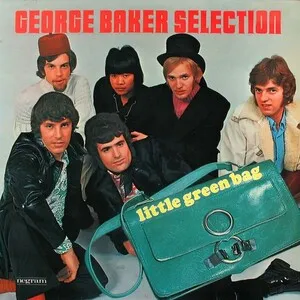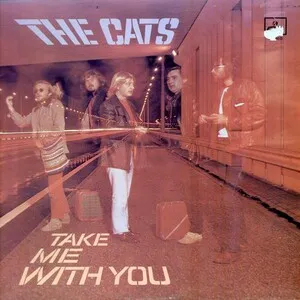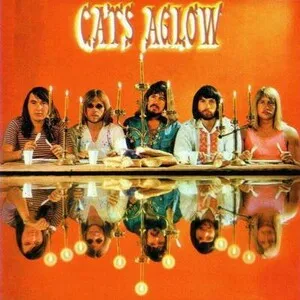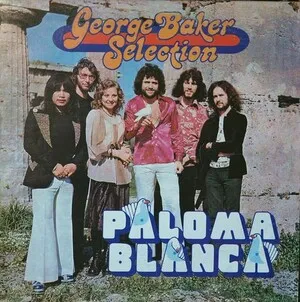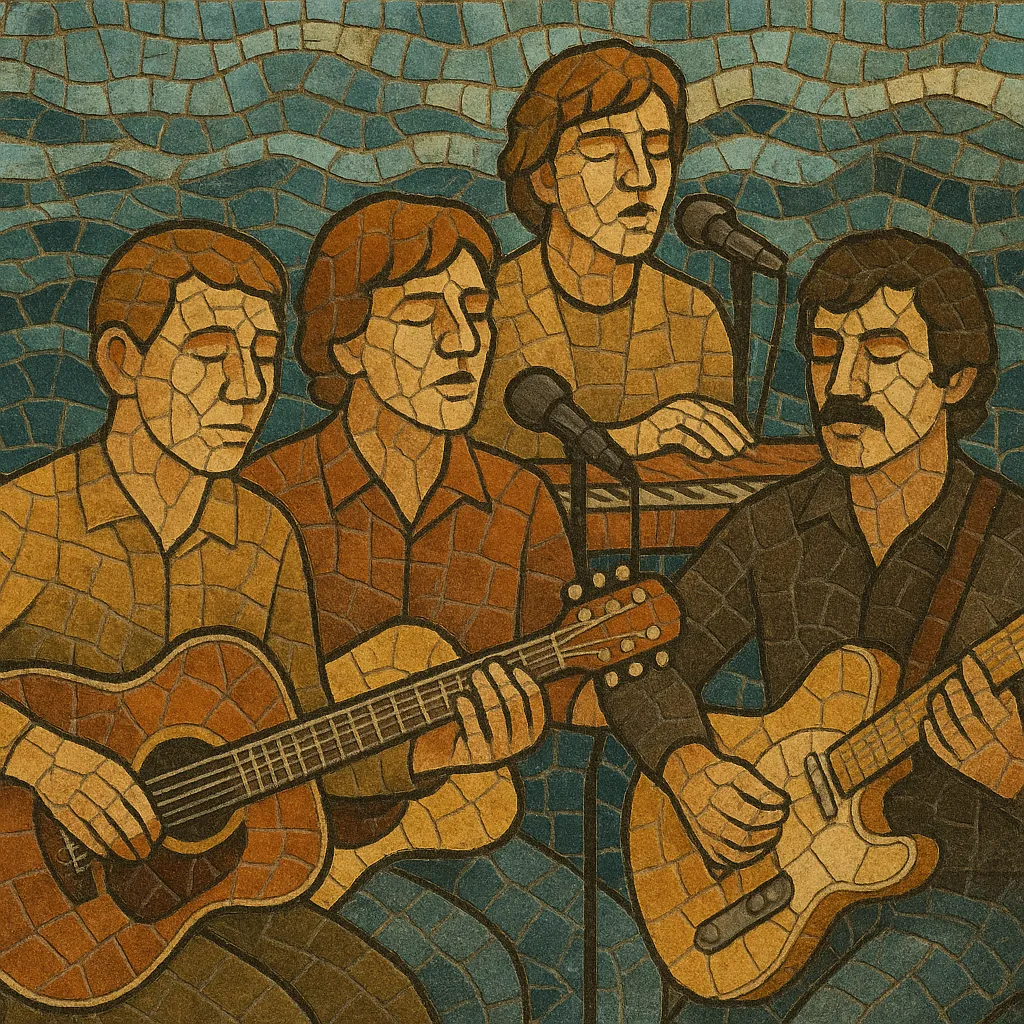
Your digging level for this genre
Description
Palingsound (literally “eel sound”) is a smooth, melodic strain of Dutch pop that originated in the fishing town of Volendam.
It blends gentle soft-rock instrumentation, close-harmony vocals, and sentimental, often nostalgic lyrics into polished, radio-friendly songs. Typical arrangements feature clean-toned electric and 12‑string guitars, light drums and percussion, warm keyboards or organs, and occasional string sections.
While early bands often sang in English, later generations increasingly used Dutch, keeping the signature emphasis on tuneful choruses, mid‑tempo grooves, and emotive storytelling rooted in everyday life, love, and the sea.
History
The term “Palingsound” was popularized by Dutch radio DJ Joost den Draaijer (Willem van Kooten) to describe the unexpectedly smooth and melodic pop/rock coming from Volendam, a North Sea fishing village famous for eel fishing. Local bands, inspired by beat music and American/British pop, developed a gentler, harmony‑rich sound that contrasted with louder rock trends of the era.
The Cats became the genre’s flagship group, scoring major hits with songs like “Lea” (1968) and “One Way Wind” (1971). Their clean guitars, close harmonies, and bittersweet melodies set the template. Other Volendam bands followed, and the style’s craftsmanship—memorable hooks, tidy song forms, and heartfelt storytelling—made it a staple of Dutch charts.
BZN evolved from a rock outfit into one of Palingsound’s most successful exponents, refining the sound with lighter rhythms, duet vocals, and lush arrangements. The genre increasingly overlapped with European schlager and country‑pop sensibilities, while retaining Volendam’s hallmark polish and chorus‑first writing.
A younger wave—most visibly Jan Smit (who broke through as a teen) and later duos and groups such as Nick & Simon and 3JS—revitalized Palingsound with contemporary production, more Dutch‑language material, and TV exposure. The core DNA remained: singable melodies, clean instrumentation, and warm vocal blends.
Palingsound endures as a recognizable regional signature within Dutch pop. Legacy acts remain beloved, and newer artists continue to draw on its melodic clarity and sentimental tone, keeping the Volendam sound present on stages, radio, and television.
How to make a track in this genre
Aim for mid‑tempo grooves (roughly 85–110 BPM). Keep the rhythm section understated: steady kick and snare, light hi‑hat, and minimal fills to support the vocals and melody.
Use diatonic, singable progressions (I–V–vi–IV and similar). Major keys are common, with occasional borrowed chords or a half‑ or whole‑step modulation to lift the final chorus. Write strong, lyrical melodies designed for close harmonies and memorable refrains.
Build around clean electric or 12‑string guitars, bass, and light drums. Add warm keyboards (organ or electric piano) and, when appropriate, subtle string pads. Keep tones smooth and uncluttered; avoid heavy distortion.
Feature layered backing vocals and tight two‑ to four‑part harmonies, especially in choruses. Lyrics should be heartfelt and relatable—love, longing, everyday life, and coastal imagery fit naturally. English or Dutch works; if singing in Dutch, favor clear diction and conversational phrasing.
Structure songs compactly (intro–verse–pre–chorus–chorus–verse–chorus–bridge–final chorus). Use short instrumental hooks, gentle dynamic builds, and a tasteful key change near the end if desired. Mix vocals forward, keep guitars clean and present, and glue the ensemble with light reverb and cohesive bus processing.

